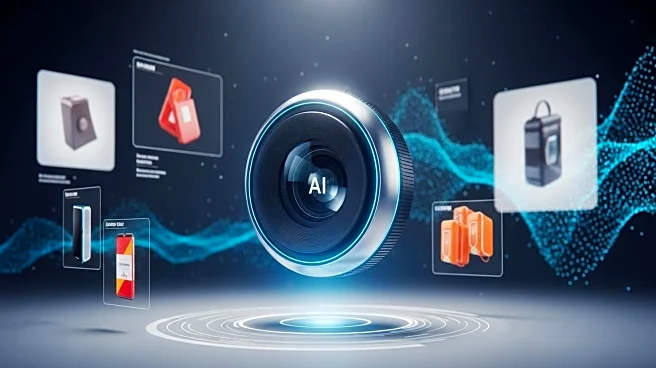What is the story about?
What's Happening?
YouTube has officially launched its multi-language audio feature after a successful two-year pilot program. This new feature allows creators to add dubbing to their videos in various languages, aiming to expand their global reach. The rollout will occur over the coming weeks, enabling more users to utilize this innovative tool. Initially introduced in early 2023, the feature was accessible to a limited number of prominent creators, including MrBeast, Mark Rober, and Jamie Oliver. YouTube has enhanced the tool by integrating an AI-powered auto-dubbing solution using Google's Gemini technology, which emulates the creator's tone and emotions for a seamless dubbing process. Early feedback from creators has been positive, with reports indicating increased engagement and watch time from non-primary language viewers.
Why It's Important?
The introduction of multi-language audio tracks on YouTube is significant as it addresses language barriers, allowing creators to reach a broader international audience. This feature can potentially increase viewership and engagement, as evidenced by Jamie Oliver's channel, which tripled its views after implementing multi-language audio tracks. By fostering inclusivity, YouTube enhances the overall viewing experience and supports creators in connecting with diverse audiences. This move could also influence other platforms to adopt similar features, promoting global accessibility and content diversity.
What's Next?
As the rollout progresses, YouTube is expected to continue refining the feature and possibly expand its capabilities. Creators may explore new markets and audiences, leveraging the multi-language audio to enhance their content's reach. Additionally, YouTube's experimentation with multi-language thumbnails suggests further localization efforts, which could lead to more personalized viewer experiences. Stakeholders, including creators and advertisers, may need to adapt their strategies to capitalize on these new opportunities.
AI Generated Content
Do you find this article useful?














